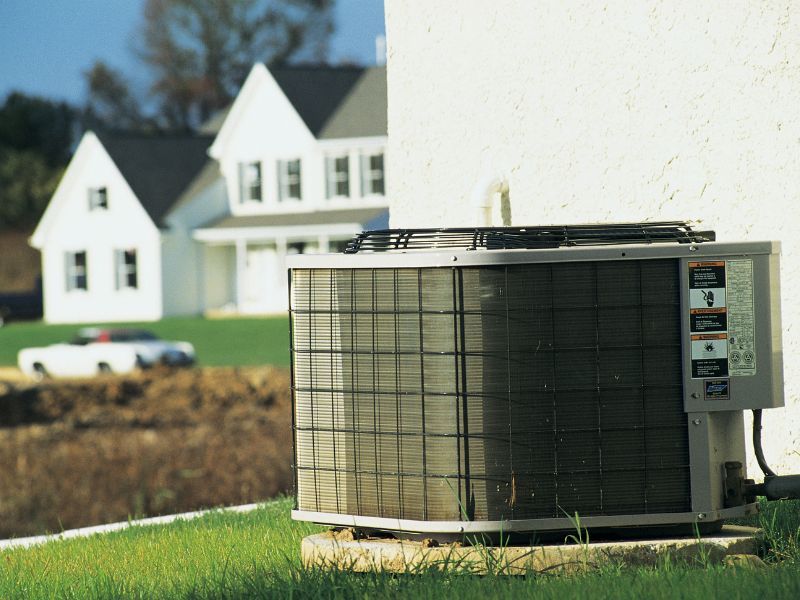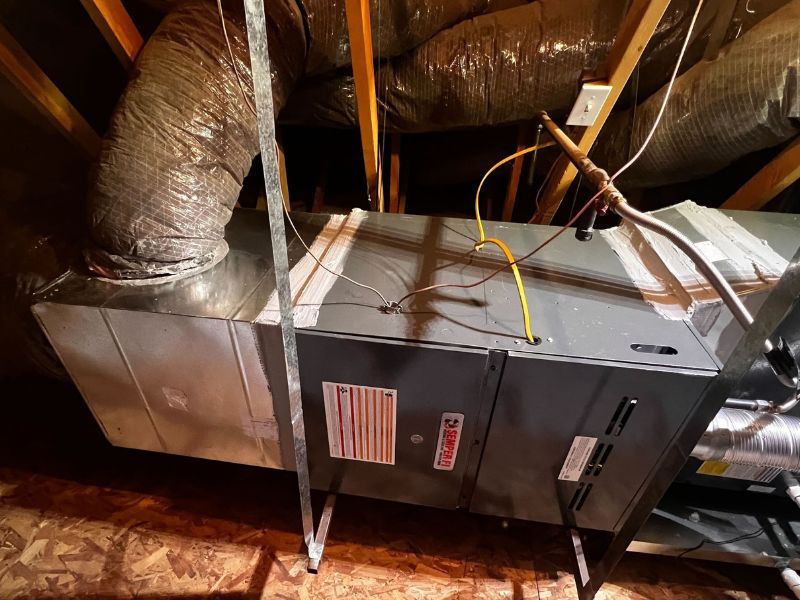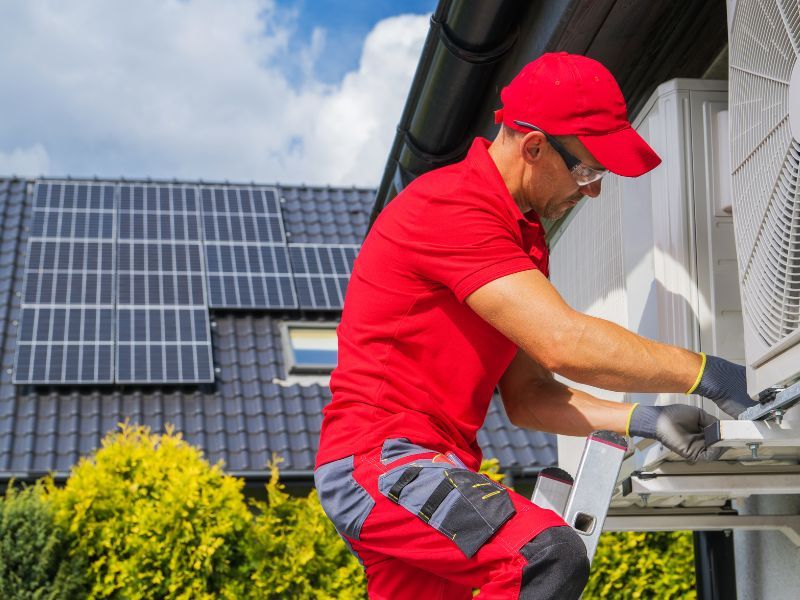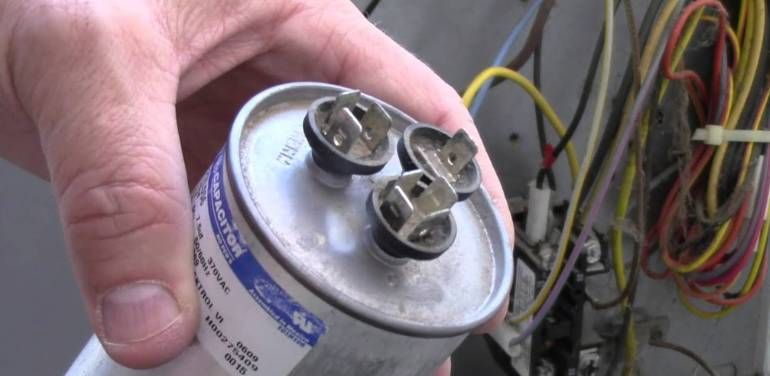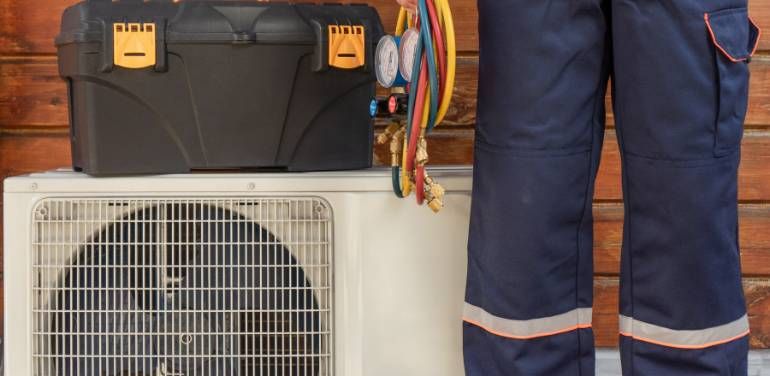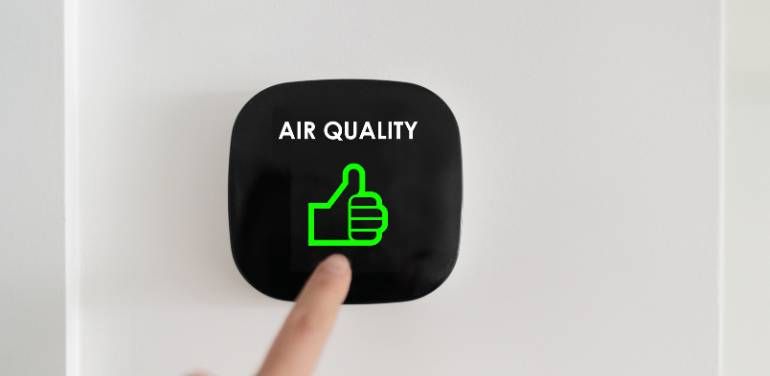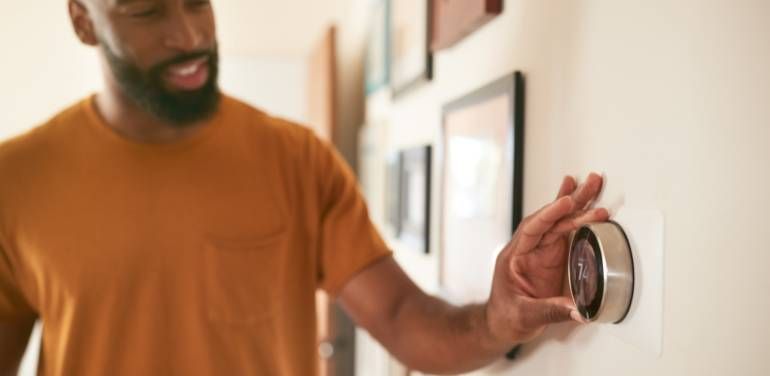Why is My Central Heat Not Working? 10 Common Heating Problems
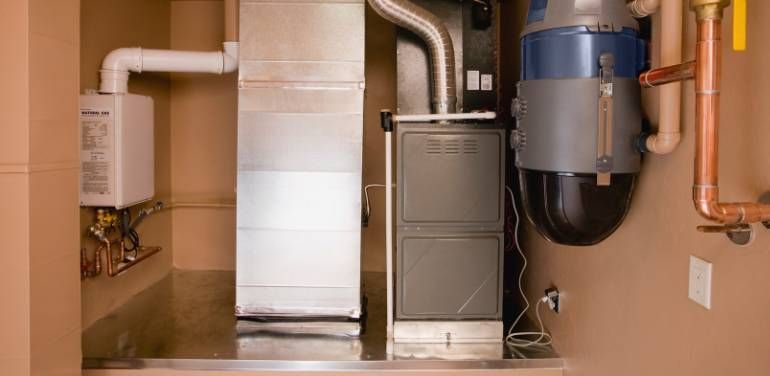
When cold weather hits, the last thing you want to come home to is your central heat not working. Winter is a beautiful but often dangerous season. In fact, this biting season accounts for 20 times the amount of deaths than heat.
As the last remnants of summer dissipate, it’s important to prepare for the cold and snow-dusted days ahead. That includes knowing the most common signs of heat pump problems in cold weather.
Read on to find out what kind of problems happen most often with central heating, as well as what you can do to fix it.
Help! Why is My Central Heat Not Working?
Whether you own a Rheem, Goodman, Trane, or some other brand of central heating, these 10 common heating problems can happen in all of them.
1. Your Heating Isn’t Consistent Throughout Every Room
Does it feel like the temperature in your home varies from room-to-room? If so, this isn’t normal. While some may blame an old house for spotty heating, the truth is that it could be a sign of an issue that needs attention.
There are a couple different reasons why a home might not be heating its rooms evenly, including:
- Dirty Air Filters
- Air Duct Problems
- Closed Vents Blocking Airflow
- Open or Poorly Insulated Windows Impacting the Air Temperature
- Your System is Unbalanced
How to Balance Out Your Home
Some of these are extremely easy to fix. Start by checking your air filters and vents. Dirty air filters restrict airflow, which not only impacts the temperature in your room but also makes your system work harder.
You’ll want to make sure you change your filters every one to three months, depending on how quickly they get dirty. Also, you should make it a point to adjust the vents in each room so they welcome the right amount of air.
If the vents are closed in certain rooms, the heat in your home will bypass it and move on to the next open vent.
Next, check your windows. Make sure they aren’t just closed but also well-insulated. There are several ways you can test your windows for air leaks. Even if they are subtle, they can cause drafts and cold spots in the home as well as elevate your heating bill.
If none of these steps work, you may have a much larger problem on your hands. Your air ducts may have leaks, kinks, or other issues that are disrupting the airflow throughout the house or you may just need your system balanced.
Air balancing is a service that adjusts how much cool air or heat each room in the home receives. This may involve adjusting how your air ducts are installed or using dampers to tweak how airflow travels through your home.
Either way, these last two challenges should be tackled by an HVAC professional.
2. The Heating System Doesn’t Shut Off
Your thermostat and your heating system should work hand-in-hand. If you find your heater keeps blowing even when it shouldn’t, it’s time to start investigating for a problem.
Start by taking a look at your thermostat’s settings. On a good day, it may just be that your system is set at “On” instead of “Auto”. If your system is simply set on “On”, it will continue to run until you change it.
However, the “Auto” setting will adjust how your heating and air runs based on the set temperature. If you have to transition your thermostat to this setting, give your system time to adjust. It should kick on or off from the moment you set it as it works to synchronize your home environment with the thermostat’s setting.
Okay, great! Easy enough. But what if this doesn’t solve the problem?
Exploring Beyond Your Settings
This could either be a sign of a thermostat or blower issue. If it’s the thermostat, you may need to rewire or replace it. First, check to make sure your thermostat’s wiring is plugged in.
Next, reset it to the manufacturer’s settings, then give it time to run. If this fixes the problem, you’re set! If not, you may need to replace your thermostat.
The other cause could be that you need a blower repair or replacement. Either way, we recommend consulting a heating repair specialist.
3. All Your Heater Will Produce is Cold Air
If your heater fails to live up to its name by producing cold air instead of warm, don’t panic! Before you pick up the phone and start dialing HVAC companies, there may be an easy fix.
Check your thermostat once again to make sure it’s set to “Auto”. While some homeowners think “Fan On” is a good setting, it doesn’t produce heated air. If the setting is right, move on to your air filters.
Are they clean? If not, replace your filters so your heating system can run efficiently.
Next, take a peek at your pilot light on your heating system. This should light up when your heat is on. If it doesn’t, you may have the gas-related issue. Call an HVAC technician, just to be safe.
It may be that your gas valve is off your system is out of oil, gas, or an electric source.
Leaky ducts can also be a culprit. Again, you’ll want to consult a professional for issues like these.
4. Your Heater Won’t Light or Remain Lit
Newer heating systems rely on electricity instead of gas or oil. Because of this, a lot of the components are digitally controlled. If the light on your heater isn’t lighting up or turns on and off intermittently, this could be a sign of a dirty or broken sensor.
If cleaning the sensor doesn’t work, have it replaced.
5. The Thermostat Isn’t Working Properly
Not all heating system problems involve the unit itself. Sometimes the problem lies solely in your thermostat. Like your unit, your system’s controls sometimes need repair or replacement.
Signs of thermostat problems include:
- Issues Setting or Adjusting Your Home’s Temperature
- Your System Won’t Respond to Thermostat Settings
- Your Thermostat Loses Power
- The Heat in Your Home is Uneven
If you troubleshoot your thermostat and reset it to the manufacturer’s setting but problems persist, try checking the circuit or replacing the batteries. If this doesn’t work, it may be time to call your local HVAC specialist.
6. Mold is Growing in Your Heating System
Mold loves a moist environment. If your home or climate causes moisture to build up inside your ducts or system, it can lead to mold growth. This is never a problem you should let go untreated.
Letting mold grow in your system or ductwork can lead to poor air quality and even respiratory issues. If you suspect mold is growing in your HVAC system, have a technician come by to inspect and clean it.
7. You Smell Something Burning When the Heat is On
If your heater produces a burning smell the first time it kicks on, it may simply be burning away the dust and debris that accumulates during its dormant months.
However, if the smell doesn’t go away you probably have a much bigger problem on your hands. Step one is to shut off your system immediately. Unplug it, then inspect the system.
Clean any dust and dirt you may find and check your air filters to ensure they are clean as well. Afterwards, test your system again. If the smell persists, shut it down and contact an HVAC company immediately.
8. The Heating System Fan Stops Working
If an external source causes your heating fan to stop working, you may be able to fix it yourself. Start with the usual routine of checking your thermostat settings, your air filters, and your circuit breaker.
Be careful when testing the circuit breaker. Avoid flipping them on and off in succession, as this elevates your risk of starting an electrical fire.
If none of these troubleshooting steps remedies the problem, then you likely need repair work.
9. Lack of Maintenance Catches Up with Your System
Like your car, your AC needs regular maintenance. After all, it runs day and night, seven days a week, and 365 days a year. Make it a point to schedule regular maintenance for your system.
It’s like a tune-up. A technician will come out to your home to clean your system, check its components, and make sure everything is running efficiently. It’s also a great way to prevent major repair problems, as he or she will replace any pieces showing signs of wear and tear.
10. You Notice Your Energy Bill is Getting More Expensive
Is your energy bill on the rise? While certain seasons require our HVAC system to work harder than others, any anomalies in the usual trend could be a sign of a problem.
First, check your air filters and your breaker. Make sure there is nothing obstructing the airflow and your breaker wasn’t tripped. If both of these are fine, you may have a refrigerant leak or a problem with one of the system’s components.
Set up a maintenance call with a certified HVAC technician who can inspect your system’s performance.
When Repair is Not an Option, Buy Smart
If you’ve diagnosed the problem and it’s clear your central heat not working is the results of something that can’t be fixed, then make it a point to shop smart and contact a certified HVAC professional. Read our HVAC guide on how to choose the right HVAC contractor.
HVAC System Cost & HVAC Reviews
More Homeowner Guides
Categories
